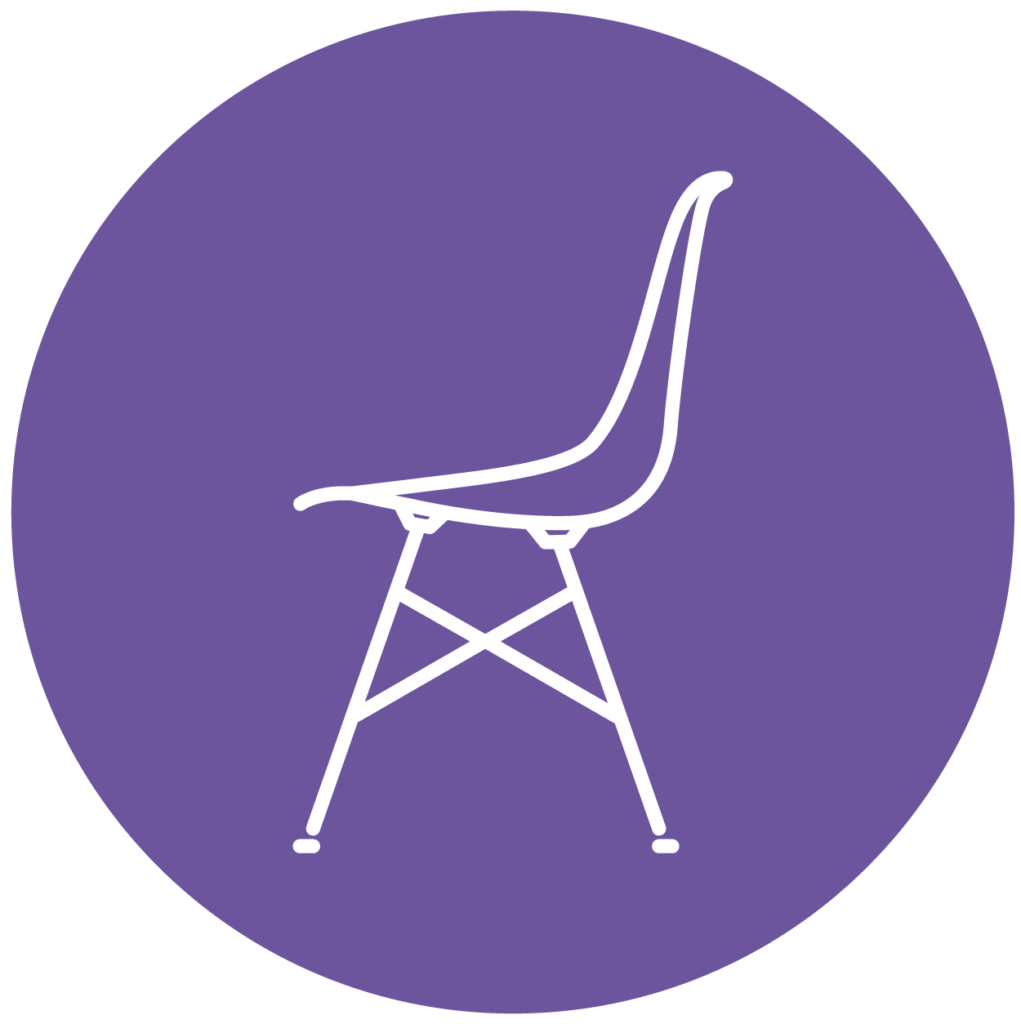Living with NDM
If you have been diagnosed with NDM, it is common to question how it might affect your life. Below you can find answers to some of the more common questions that people with NDM have. However, as every person’s experience with NDM varies, you should speak to your healthcare team about your own individual case.

Sometimes people with NDM find it difficult to stand up from a chair. This can be embarrassing in work or social situations and they often need to warm up their muscles first.1
How might NDM affect my day-to-day life?
The symptoms and severity of NDM vary from one person to another. For some people with NDM, some aspects of daily life may be challenging, however there are ways to help you manage your symptoms.
Key symptoms of NDM are muscle stiffness (often described as muscle “locking up”) or cramps, weakness, fatigue and pain.2,3 For most people, these symptoms present in the arms and legs, which can cause problems with some activities like using stairs and running, or may increase the risk of falls and change the way you walk.2,3 Less commonly, NDM affects facial muscles leading to problems with chewing, eyelid myotonia, blurred vision or a squint.
How NDM may affect your day-to-day life depends on the type of NDM you have, with some forms like potassium-sensitive myotonias that would require dietary restrictions (e.g. reducing potassium rich food), or paramyotonia congenita that would require avoiding cold temperatures or extensive
exercise.4
Can I still play sports?
Exercise and activity are important to maintain a healthy lifestyle.4 However, cold and/or sudden forceful contractions can trigger your muscles to lock up, so it is important to find ways to remain active without provoking NDM symptoms. You can find more tips on exercise here.
You may need to adopt different strategies for exercise depending on the type of NDM you have; for instance, myotonia congenita will require you to warm up your muscles, whereas paramyotonia congenita may get worse as you exercise and you may need to take more breaks.
Patients who find that myotonia is painful for them or who experience fatigue, may find it more difficult to be active5 and should seek advice from their healthcare team.
Will my symptoms get worse?
Although NDM is often thought of as a “mild” condition, some patients have reported that their symptoms get worse over time.5 Speak to your healthcare team about worsening symptoms if they impact your quality of life, they may have additional management strategies that you can try.
Will NDM affect any other aspects of my health and well-being?
The impact of NDM on everyday life can lead some people to feel unhappy, worried or anxious when they are out of the house. Some people may feel that their quality of life is being affected.3 These negative emotions and concerns are normal consequences of having a condition such as NDM, and it is ok to feel this way. Don’t be afraid to talk to friends, family or a member of your healthcare team about how you are feeling. You might also find it useful to get in touch with other people who are living with NDM and other rare diseases who will share some of your experiences.
Will I pass NDM on to my children?
Can NDM be treated?
Some people with NDM manage their symptoms by adapting the way they do things. However, if your symptoms continue to affect your daily life, you may wish to seek further advice from your doctor about other ways to clinically manage your condition.
There is currently no cure for NDM, but you can learn more about improving the management of NDM symptoms and how to find specialist healthcare advice.
References
- Diaz-Manera J. EMJ. 2021;6[2]:37-46
- Stunnenberg BC, et al. Muscle Nerve 2020;62:430-444
- Trip J, et al. J Neurol Neurosurg Psychiatry 2009;80:647-652
- Jitipolmard N, et al. Curr Treat Options Neurol 2020;22:34
- Trip J, et al. J Neurol 2009;256:939–947
- Hahn C, Salajegheh MK. Iran J Neurol 2016;15:46–53
- Vereb N. J Neurol. 2021; 268(5): 1708–1720
UK-NDM-2202-00010 February 2022